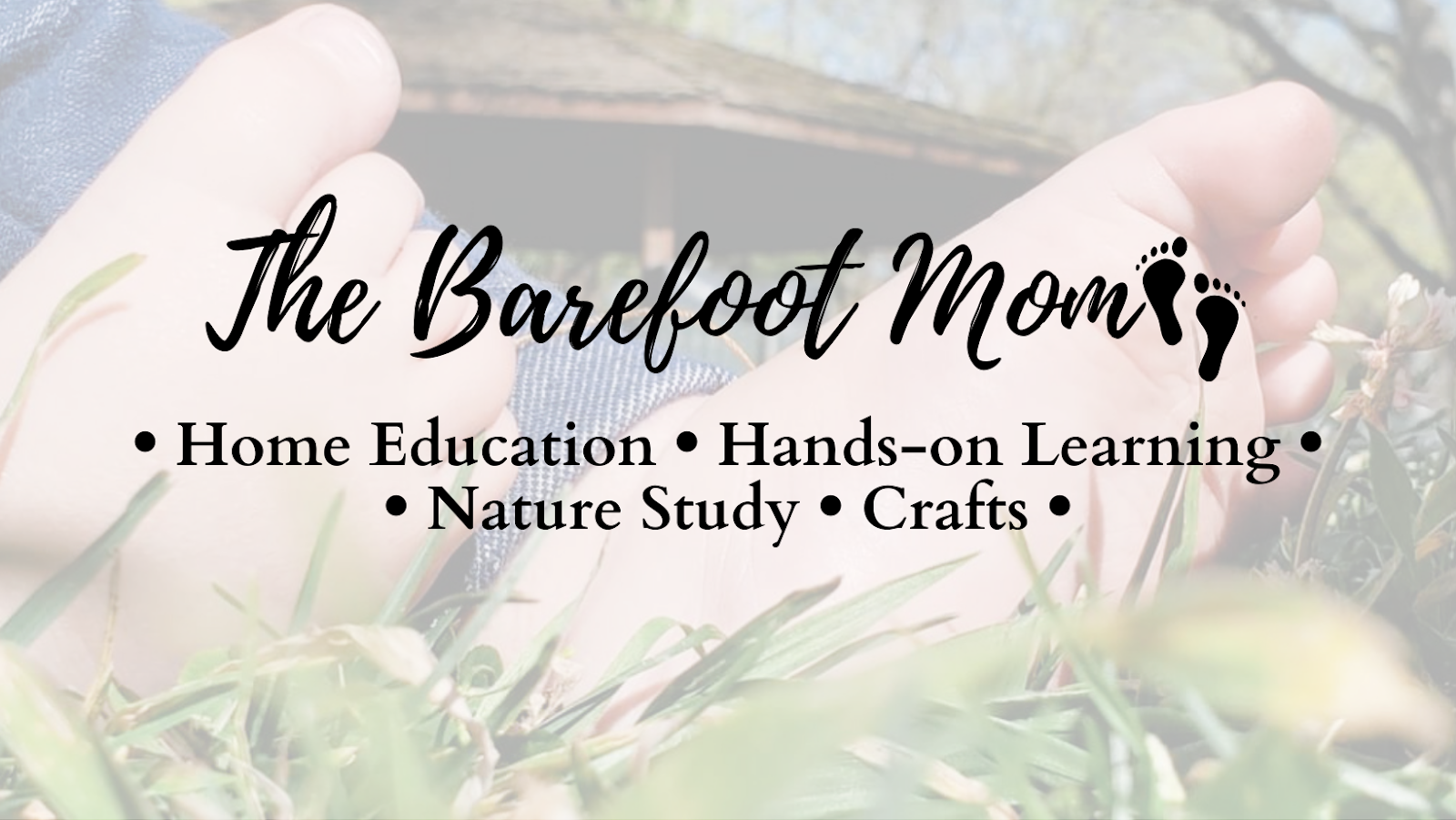My kindergartener and my 3rd grader have been studying the biomes of the world. This week, we learned about the marine biome. One of their favorite topics of the week was bioluminescence, so I decided we should try making some glowing ocean art. It ended up being such a fun project! Even my 14-year-old joined in!
What is bioluminescence?
Bioluminescence is the production and emission of light from a living organisms. Some examples of bioluminescent organisms include fireflies, glow worms, lanternfish, anglerfish, some species of jellyfish, some types of mushrooms, and some types of algae.
Resources for Learning About Bioluminescence
•SciShow Kids- Glowing Animals
•BBC Earth Kids- Why Do Some Animals Glow
•NOAA Ocean Exploration- Bioluminescence
•National Geographic- How Bioluminescence Works in Nature
Bioluminescence Art Project
For this project you will need:
•Black construction paper
•Fluorescent paint or fluorescent colored highlighter pens (orange and yellow seem to work best)
•A black light
Paint or draw a picture of your favorite bioluminescent organism with fluorescent paint or fluorescent highlighter pens on black construction paper. We chose jellyfish since we're currently studying oceans.
If you used paint, let it dry. Then take your picture into a dark room. Shine a black light on it and watch it glow!
•Art for Kids Hub- How to Draw a Realistic Jellyfish
•Easy Drawing Guides- How to Draw a Firefly
•Art for Kids Hub- How to Draw an Anglerfish
If you enjoyed this post, check out:
Zoology Activities and Resources for Kids
Follow me on




Comments
Post a Comment